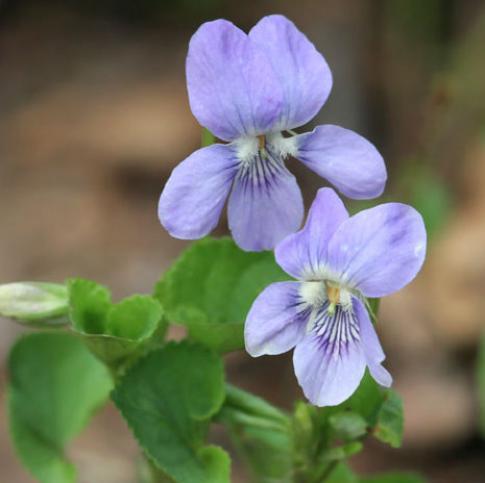Budding signs that spring has arrived early

Spring has arrived much earlier than last year, according to sightings of nature recorded by the public.
The Woodland Trust, which runs the Nature’s Calendar project that allows the public to report signs of the seasons across the country, said this year was following the recent trend for early springs.
Hawthorns are leafing, blackthorns flowering and there have been hundreds of sightings of frogspawn, according to the calendar which helps experts gain an accurate picture of how temperature changes are affecting nature.
The Woodland Trust said that by this time last year 71 records of hawthorns leafing had been received, but online records so far this year have already exceeded 180.
There have been 92 recordings of blackthorn online so far by members of the public, compared with 52 flowering at this time last year.
And in a definitive sign that spring has arrived, there have been 564 sightings of frogspawn.
The harsh weather suffered by the UK in December meant the early signs of spring, such as snowdrops, lesser celandine and hazel flowers, were delayed.
But last month, Tim Sparks, of the University of Cambridge and founder of Nature’s Calendar, predicted that temperatures in January meant it was unlikely the rest of spring would be late – and because the season had been held up, events could unfold rapidly.
Today he said the latest evidence from public sightings showed spring was “rapidly under way”.
“It’s rushing forward now, everything is desperate to become active, plants, birds and insects are all making rapid progress.”
He said the spring was much earlier than last year because the last few months have not been cold, whereas in 2010, January and February were cold.
“It won’t be a record breaker but will be another of the recent early springs,” he said.
“There’s been an overall trend, particularly in the last 25 years, of early springs. It’s warmer and earlier than the springs of my childhood.”
And he said: “We need people to get out, look for and record other species that are now starting to appear across the country.
“The UK leads the world in this kind of study and this 'citizen science’ is essential as it gives experts a real insight into how plants and wildlife are responding to the changing climate.”
Forthcoming signs of spring include red-tailed bumblebees, tortoiseshell butterflies and tadpoles, which all appear in early April on average, bluebells which appear around mid-April and the bud burst of oak and ash trees which happens on average in mid to late April. Telegraph




 del.icio.us
del.icio.us Digg
Digg

Post your comment